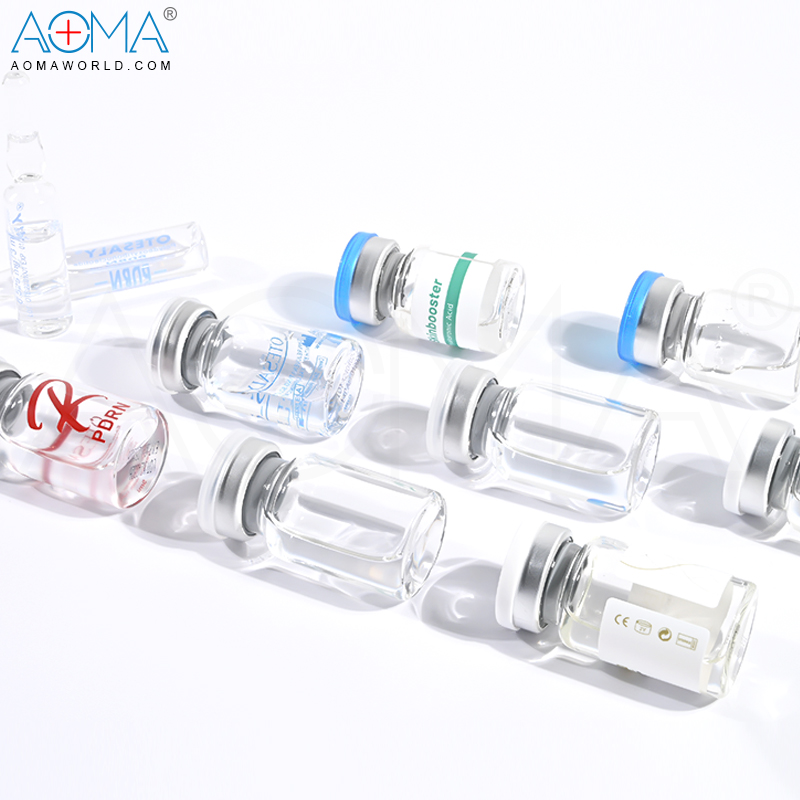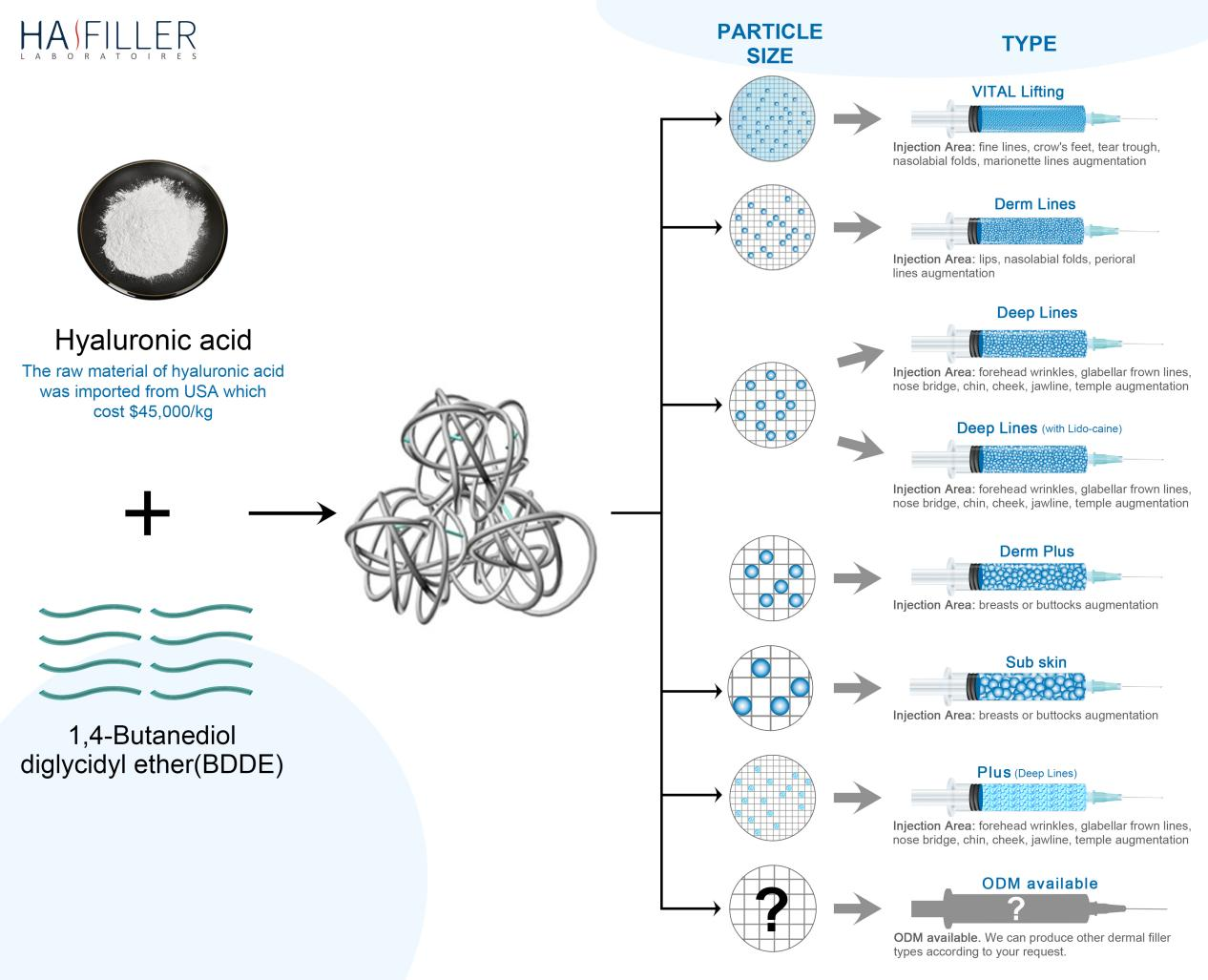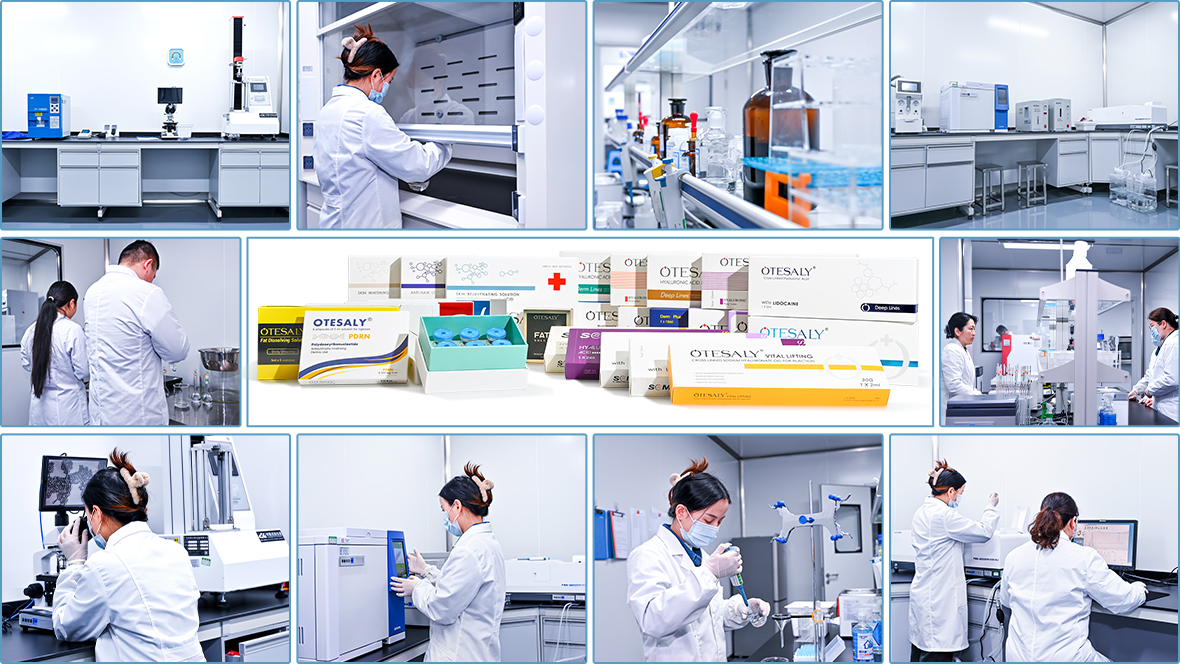In the ever-evolving world of aesthetic medicine, the array of injectable treatments available to improve skin quality can be overwhelming. Two of the most talked-about procedures in recent years are hydration mesotherapy injections and dermal fillers. Both promise more radiant, youthful-looking skin, but they serve very different purposes and function through distinct mechanisms.
This comprehensive guide explores the hydration mesotherapy injection in depth, comparing it side-by-side with traditional dermal fillers, discussing treatment goals, application methods, effectiveness, safety profiles, and more. We will also incorporate the latest trends, real-world data, and frequently asked questions to clarify their unique benefits. Whether you're a practitioner or a curious patient, this article will help you understand what makes hydration mesotherapy injections stand out.
What Is a Hydration Mesotherapy Injection?

Hydration mesotherapy injection is a minimally invasive aesthetic treatment that introduces a cocktail of active ingredients—primarily hyaluronic acid, vitamins, amino acids, and antioxidants—directly into the dermis through microinjections. Its core goal is to deeply hydrate and nourish the skin, enhancing texture, elasticity, and glow.
Unlike dermal fillers, which are often injected into deeper layers of the skin for volumizing and contouring, hydration mesotherapy injections focus on superficial layers to boost skin quality from within. This makes them especially effective for rejuvenating tired, dry, and aging skin.
What Are Dermal Fillers?

Dermal fillers are injectable substances, most commonly hyaluronic acid-based gels, used to add volume, shape facial features, and smooth out wrinkles. Unlike hydration mesotherapy injections, dermal fillers are placed deeper in the skin—typically in the mid to deep dermis or even the subcutaneous layer.
The primary aim of dermal fillers is structural. They “fill in” hollow areas such as under the eyes, nasolabial folds, or cheeks, and can also be used for enhancing lips, jawlines, and noses.
Key Differences Between Hydration Mesotherapy Injections and Dermal Fillers
Below is a detailed comparison of hydration mesotherapy injection vs. dermal fillers:
Feature | Hydration Mesotherapy Injection | Dermal Fillers |
Purpose | Hydration, skin glow, rejuvenation | Volume restoration, wrinkle correction |
Injection Depth | Superficial (intradermal) | Deep dermis or subcutaneous layer |
Main Components | Hyaluronic acid, vitamins, amino acids, antioxidants | Cross-linked hyaluronic acid, calcium hydroxylapatite |
Results | Radiant, plumper skin, more uniform texture | Defined contours, wrinkle filling, volume |
Duration of Effect | 1–3 months (depending on formula) | 6–24 months (depending on filler type) |
Best For | Dull, dry, tired skin | Aging, sagging, or volume-depleted areas |
Common Treatment Areas | Face, neck, décolletage, hands | Cheeks, lips, under-eye hollows, jawline |
Onset of Results | Gradual over days to weeks | Immediate |
Frequency | Series of 3–6 sessions every 2–4 weeks | One session; touch-up after 6–12 months |
The Science Behind Hydration Mesotherapy Injections
The effectiveness of hydration mesotherapy injection lies in the microinjection technique and the biologically active substances delivered directly into the skin's mesodermal layer. This process:
Stimulates fibroblast activity, increasing collagen and elastin production
Enhances microcirculation
Replenishes skin nutrients
Restores the skin barrier and hydration balance
Since hyaluronic acid is a natural molecule found in the skin that can hold up to 1000 times its weight in water, injecting it directly ensures long-lasting hydration and volumizing at a cellular level. When combined with other nutrients, it delivers powerful skin rejuvenation without altering facial structure.
Why Patients Choose Hydration Mesotherapy Injection Over Fillers
Here are some compelling reasons why more individuals, especially younger patients and those new to aesthetics, choose hydration mesotherapy injections:
1. Natural Finish: There is no risk of looking “overfilled” as seen with excessive filler use.
2. No Structural Change: It focuses on skin quality, not shape.
3. Low Risk of Complications: Minimal bruising, no risk of vascular occlusion.
4. Preventive Treatment: Ideal for early skin aging, even in the 20s or 30s.
5. Better for Overall Glow: It enhances radiance and skin tone subtly.
Most Common Ingredients in Hydration Mesotherapy Injections
To maximize results, hydration mesotherapy injections often contain a blend of the following active ingredients:
Non-crosslinked hyaluronic acid: For deep hydration
Vitamin C: Brightening and collagen synthesis
Vitamin E: Antioxidant protection
Amino acids: Tissue repair and elasticity
Coenzymes and minerals: Boost cellular activity
Nucleic acids (DNA/RNA fragments): Support tissue regeneration
These ingredients work synergistically to provide skin-revitalizing effects far beyond traditional skincare.
Case Studies & Data Analysis
Patient Data Snapshot
Age Group | Preferred Treatment | Reason for Choice |
20–30 | Hydration mesotherapy injection | Prevent early aging, improve skin glow |
31–45 | Mix of both | Targeted volume & overall skin quality |
46–60+ | Dermal fillers | Address deeper wrinkles & sagging |
Efficacy Scores After 4 Weeks (Self-reported by patients)
Metric | Hydration Mesotherapy Injection | Dermal Fillers |
Skin Hydration | 9.5/10 | 6.5/10 |
Radiance | 9/10 | 7/10 |
Wrinkle Reduction | 6/10 | 9/10 |
Volume Improvement | 5/10 | 9.5/10 |
Natural Look | 10/10 | 7/10 |
This data suggests that hydration mesotherapy injections outperform fillers in hydration, radiance, and overall skin quality enhancement, while fillers are stronger for structural support.
Current Trends in Skin Aesthetics
With rising demand for minimally invasive, subtle enhancements, the beauty industry has witnessed a growing trend toward skin-focused injectables like hydration mesotherapy injections.
Notable Trends:
Skinimalism: Clients now seek to improve skin health over heavy makeup or dramatic changes.
Prejuvenation: Millennials and Gen Z are using hydration mesotherapy injections to delay signs of aging.
Treatment Stacking: Combining mesotherapy with microneedling or LED therapy for enhanced results.
Male Aesthetic Treatments: More men are embracing skin hydration treatments for a healthy, fresh appearance.
Are Hydration Mesotherapy Injections Safe?
Yes. Hydration mesotherapy injections are considered very safe when performed by trained professionals.
Severe reactions are extremely rare due to the biocompatible, non-crosslinked nature of the ingredients. Unlike fillers, there is virtually no risk of nodules, migration, or vascular compromise.
Best Candidates for Hydration Mesotherapy Injections
Hydration mesotherapy injection is ideal for:
Individuals with dry, dull, or thin skin
Those seeking glow and hydration without added volume
Patients in their 20s–50s wanting prevention or gentle rejuvenation
People with sensitive skin prone to inflammation or acne
Individuals looking for post-summer skin recovery
It is not suitable for those needing deep wrinkle correction or significant volume restoration—areas where dermal fillers perform best.
How to Combine Hydration Mesotherapy with Other Treatments
Many clinics offer combination treatments for enhanced outcomes. For example:
Treatment Combo | Benefit |
Mesotherapy + Microneedling | Improved absorption and collagen stimulation |
Mesotherapy + PRP (platelet-rich plasma) | Superior tissue repair and skin regeneration |
Mesotherapy + Laser Resurfacing | Enhanced glow and texture improvement |
These synergistic protocols address both skin quality and structure, resulting in comprehensive facial rejuvenation.
Conclusion
In conclusion, while dermal fillers are exceptional tools for reshaping and adding volume to facial features, hydration mesotherapy injection offers a uniquely skin-centric approach to rejuvenation. By deeply hydrating and nourishing the skin from within, it provides a refreshed, natural glow that many modern patients desire.
In a world where subtlety and skin wellness are prioritized, hydration mesotherapy injections represent the future of aesthetic medicine. Whether you're just starting your skincare journey or looking to maintain youthful radiance, these treatments offer an effective, safe, and natural-looking solution.
Remember: true beauty begins with healthy, hydrated skin—and that's exactly what hydration mesotherapy injections deliver.



FAQs
Q1: What is the difference between the hydration mesotherapy injection and dermal filler injection?
Hydration mesotherapy injection enhances skin texture and hydration using microinjections of non-volumizing substances, while dermal filler injection adds shape and structure to the face using thicker gels like cross-linked hyaluronic acid.
Q2: Is the hydration mesotherapy injection painful?
Discomfort is minimal. Practitioners often use numbing cream before treatment. Patients describe the sensation as light pricks or mild stinging.
Q3: How often should I get hydration mesotherapy injections?
For best results, start with 3–6 sessions spaced 2 weeks apart. Maintenance treatments every 3–6 months help sustain benefits.
Q4: Can I combine hydration mesotherapy with dermal fillers?
Yes. Many patients use hydration mesotherapy injections alongside dermal fillers to improve both skin health and facial structure. They complement each other when applied strategically.
Q5: Are hydration mesotherapy injections safe for all skin types?
Yes. It is suitable for all skin types, including sensitive, oily, acne-prone, or aging skin. However, individuals with active infections or certain skin conditions may need to delay treatment.
Q6: Will I look different after hydration mesotherapy?
Not in the way that fillers might alter facial shape. The changes are subtle—healthier, brighter, more hydrated skin without added volume or artificial appearance.
























